Across automotive history, a rare class of engines has emerged—not merely for performance, but for their near-mythical reliability and overbuilt engineering. From turbocharged icons to diesel workhorses, these powerplants were designed with a level of durability and foresight that often far exceeded their original use cases.
Among them, the Toyota 2JZ-GE/GTE stands out as a prime example of engineering excess that became an enthusiast legend. This article explores the most revered engines known for their extreme longevity, bulletproof construction, and continued relevance in today’s performance and restoration scenes—testaments to what happens when durability becomes a design priority.
1. Toyota 2JZ-GE/GTE: Engineering Overkill That Built a Legend
The Toyota 2JZ-GE/GTE engine family, introduced in 1991, became legendary for its strength, longevity, and high-performance potential. The 3.0L inline-six featured a cast-iron block with thick walls, seven main bearings, and forged components capable of handling far more power than factory output.
While the naturally aspirated 2JZ-GE offered smooth, reliable performance in Lexus sedans, the twin-turbocharged 2JZ-GTE earned global fame through the Toyota Supra. With stock internals supporting double or triple its original 320 hp, the GTE was overbuilt in every aspect, allowing it to survive extreme tuning and track use without compromising reliability.
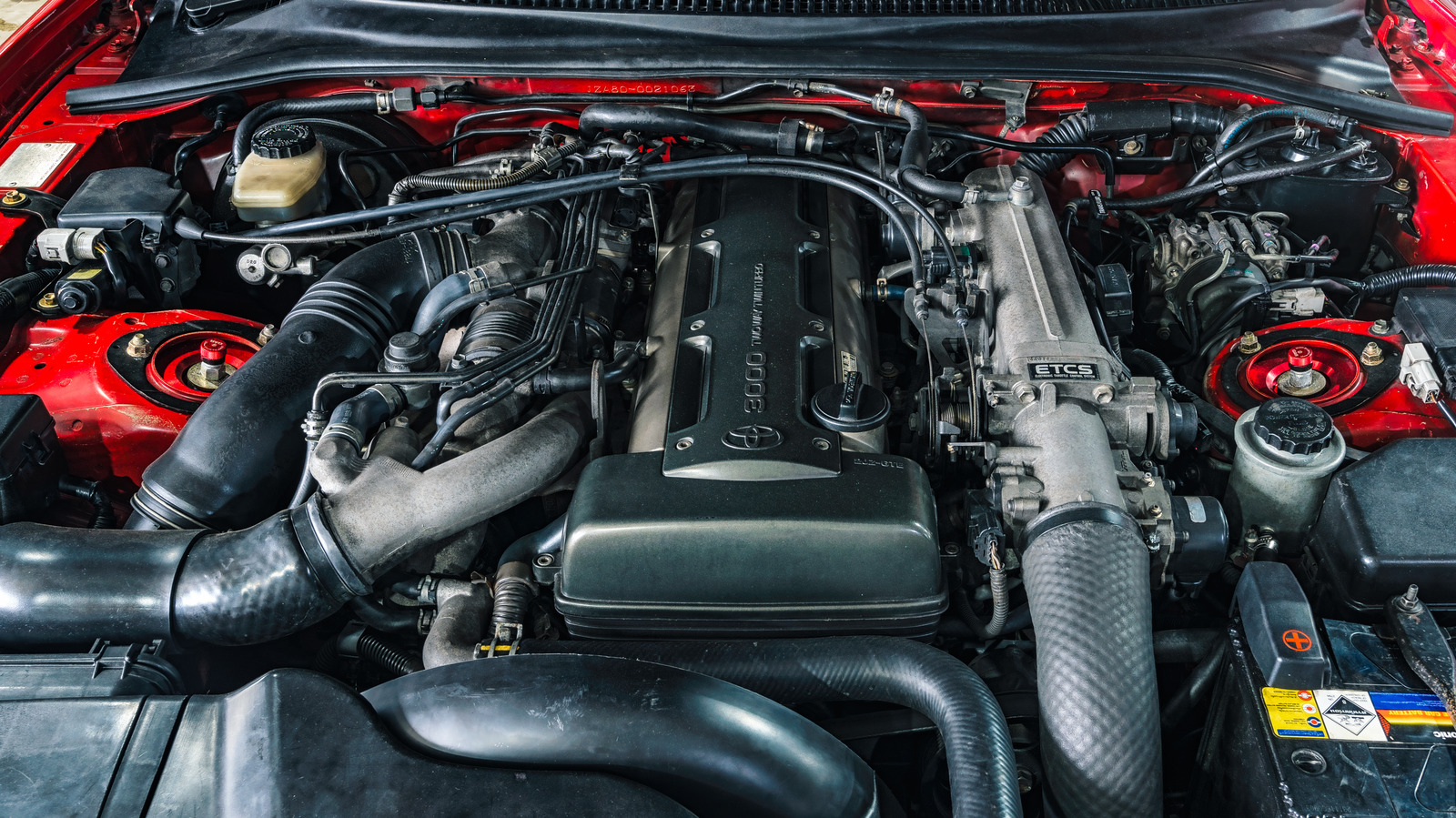
Beyond performance, the 2JZ earned its reputation for unmatched reliability and long service life. Features like oil-cooled pistons, a girdle-reinforced block, and a long-life timing belt contributed to lifespans exceeding 500,000 miles.
Taxi fleets in Japan sought out 2JZ-powered vehicles, many running well past one million kilometers. Its mechanical resilience and tuning capability made the 2JZ a favorite for engine swaps into drift cars, muscle builds, and high-mileage daily drivers. Decades later, the 2JZ remains an icon in both the enthusiast and commercial sectors, standing as a testament to Toyota’s peak-era engineering discipline.
2. Mercedes-Benz OM617: The Million-Mile Diesel Legend
The Mercedes-Benz OM617, a 3.0L five-cylinder turbodiesel produced from 1974 to 1991, is celebrated as one of the most durable passenger vehicle engines ever built. With a forged crankshaft, cast-iron block, and indirect injection, it was engineered for extreme longevity, often exceeding one million miles with basic maintenance.
Its mechanical simplicity, exceptional cooling, and resilience to harsh climates made it ideal for global use, especially in the legendary W123 taxis. The OM617’s reliability, ease of service, and ability to run under any condition have earned it a cult following as the ultimate lifetime diesel engine.
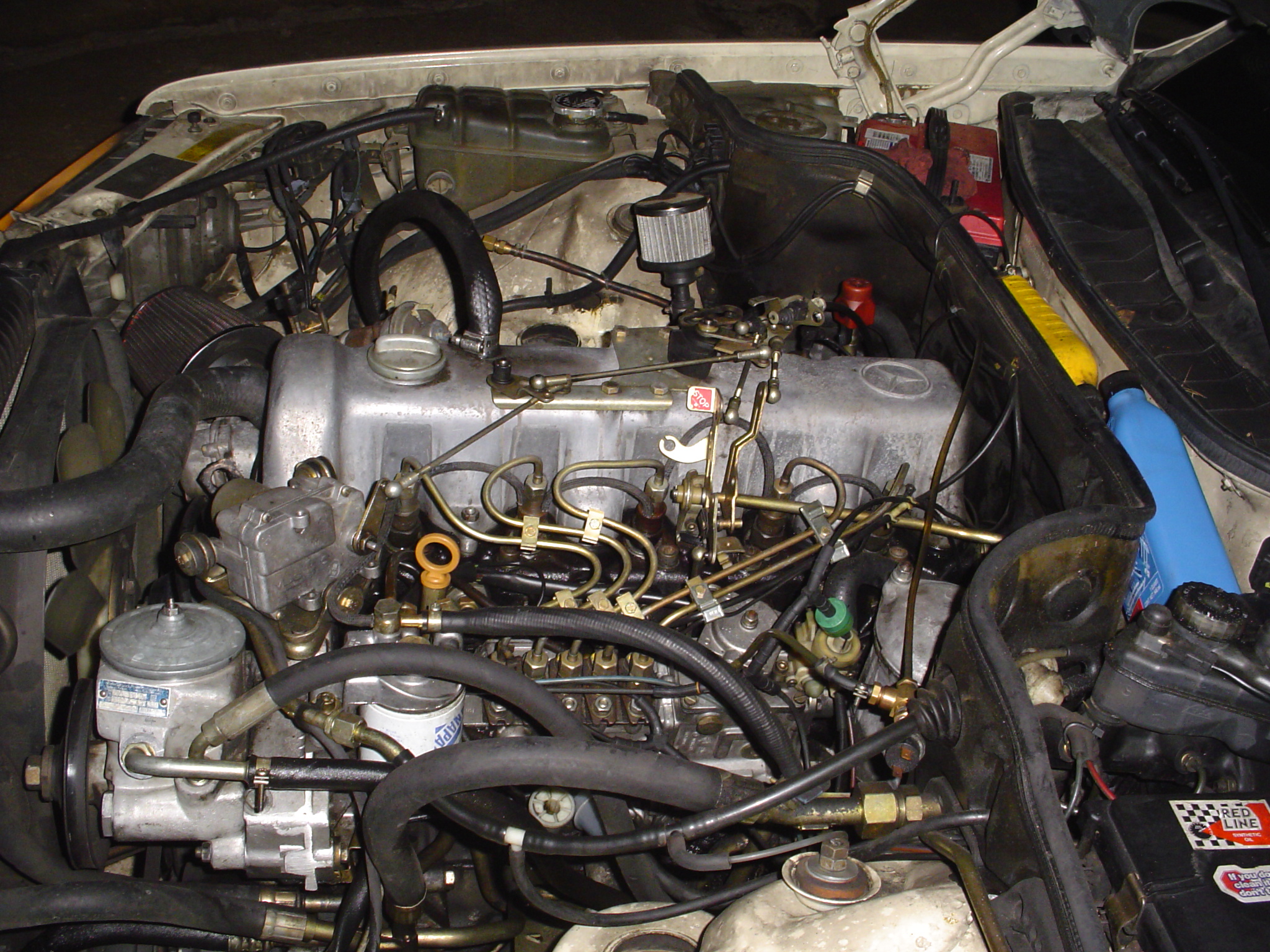
3. Toyota 22R/22RE: The Gold Standard of Engine Reliability
The Toyota 22R and 22RE, introduced in the early 1980s, are legendary for their unmatched durability and mechanical simplicity. With a cast-iron block, forged crankshaft, chain-driven valvetrain, and excellent cooling design, these 2.4L inline-fours earned a reputation for running hundreds of thousands of miles with minimal maintenance.
The 22RE added electronic fuel injection for improved efficiency without sacrificing reliability. Known for tolerating neglect and thriving in harsh environments, many 22R/22RE engines have surpassed 500,000 miles. Easy to service and nearly indestructible, this engine family set a benchmark in longevity, especially in Toyota trucks and global markets.
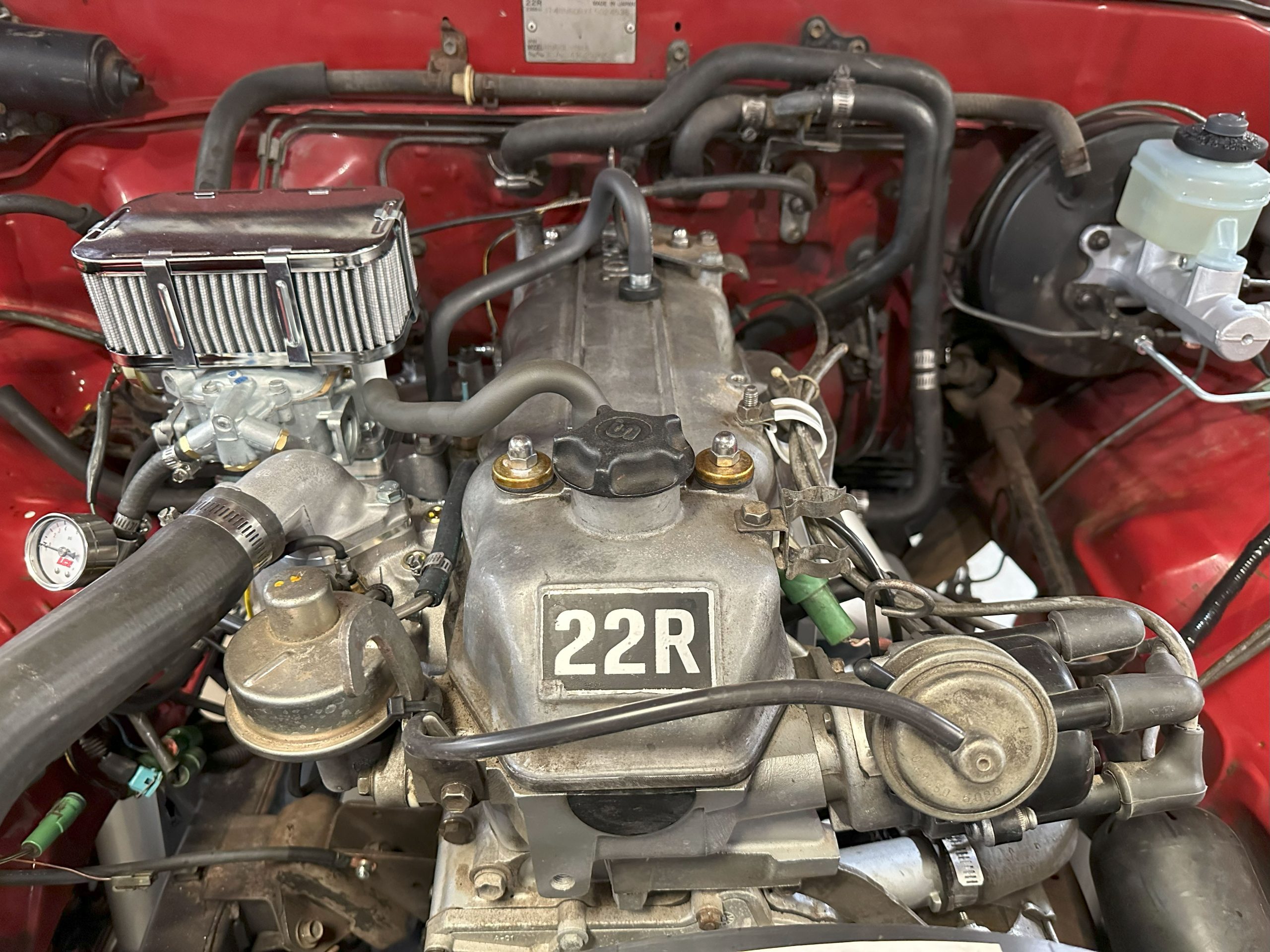
4. Cummins 5.9L 12-Valve: The Diesel Workhorse That Refuses to Quit
The Cummins 5.9L 12-valve diesel engine, launched in 1989 for Dodge Ram trucks, is revered for its industrial-grade durability and mechanical simplicity. With a cast-iron block, forged crankshaft, gear-driven camshaft, and the legendary Bosch P7100 mechanical injection pump, it delivers massive torque and longevity without complex electronics.
Operating at low RPMs (1,600–2,700), it reduces internal stress and wear, allowing many units to exceed 800,000 miles—some reaching a million. Its reputation for unmatched reliability makes it a top choice for heavy towing and commercial use. Today, the 12-valve remains a highly valued engine for diesel enthusiasts and collectors.

5. Navistar/Ford 7.3L Power Stroke: The Diesel Legend of Longevity
The 7.3L Power Stroke diesel V8, built by Navistar for Ford trucks (1994–2003), is hailed as one of the most reliable diesel engines ever made. Featuring a cast-iron block, forged crankshaft, and hydraulic lifters, it required minimal maintenance while delivering 210–275 hp and 425–525 lb-ft of torque.
Its HEUI injection system balanced durability and control, while conservative tuning ensured long-term durability under heavy loads. With robust oiling and cooling systems, many engines surpass 500,000 miles—some even 800,000—on original internals. Revered for its simplicity, toughness, and dependability, it remains a prized powerplant in the used truck market.

6. Lexus/Toyota 1UZ-FE: Luxury V8 Engineering with Legendary Longevity
The Toyota 1UZ-FE 4.0L V8, introduced in 1989 for the Lexus LS400, set a new benchmark for refined yet durable engine design. With an all-aluminum construction, cast-iron liners, forged crankshaft, and six-bolt main caps, it delivered German-level smoothness with unmatched reliability.
Its quad-cam, non-interference design featured a robust timing belt system and advanced intake and cooling systems to ensure long-term performance. Known for exceeding 1,000,000 km in commercial use, the 1UZ-FE gained a cult following for its overbuilt internals, making it a favorite for both luxury seekers and tuners alike seeking bulletproof performance.
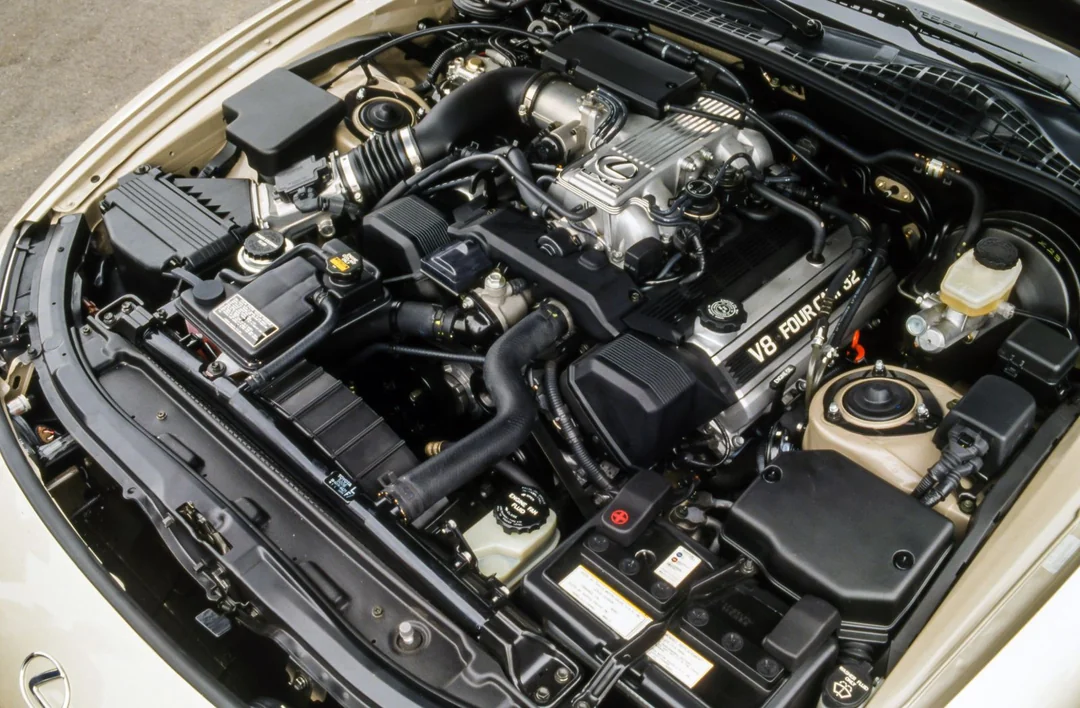
7. Chevrolet Small-Block 350 V8: America’s Workhorse of Power and Reliability
The Chevrolet 350 small-block V8, a 5.7L icon produced from 1955 to 2003, is revered for its durability, simplicity, and broad versatility. Powering everything from trucks to sports cars, its cast-iron construction, overhead valve design, and hydraulic lifters delivered longevity with minimal maintenance.
Renowned for ease of repair and massive aftermarket support, many 350s exceeded 500,000 miles in commercial use. Robust oiling and cooling systems ensured resilience under stress, while later models with fuel injection added refinement without sacrificing reliability. The Chevy 350 remains a legendary symbol of American engineering and the dependable heartbeat of countless vehicles.
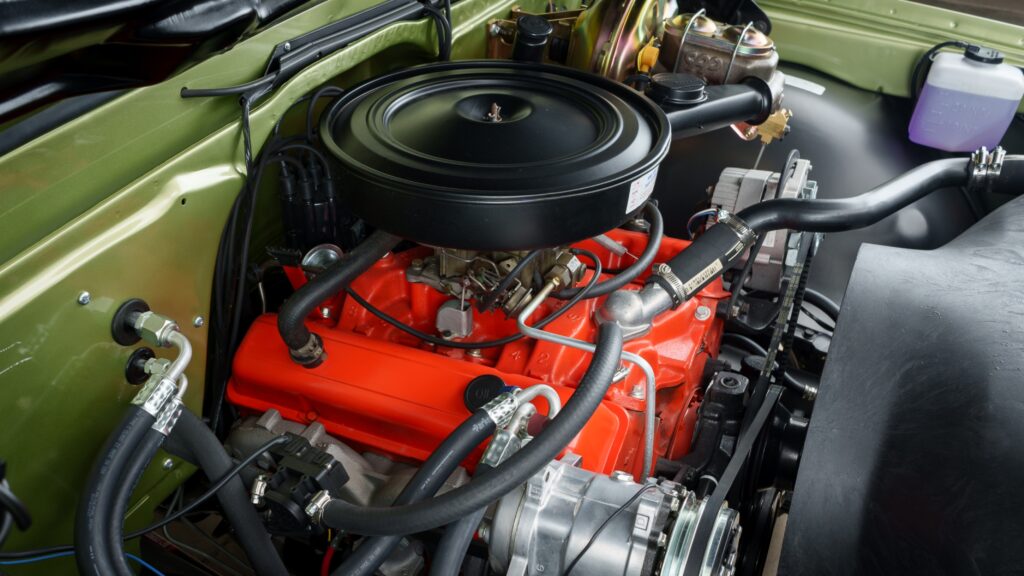
8. Volvo Redblock (B230FT): Turbocharged Longevity in a Cast-Iron Legend
The Volvo B230FT, a turbocharged member of the Redblock engine family, is revered for its unmatched durability and practical engineering. Produced from the late 1970s to 1998, this 2.3L inline-four powered Volvo’s reputation for reliability.
Featuring a thick cast-iron block, crossflow head, oil-cooled pistons, and a forged crankshaft, it handled turbocharging stresses with ease. A generously sized oiling system and conservative tuning further enhanced longevity.
With many engines surpassing 500,000 miles—and some reaching over a million—the B230FT remains a cult favorite among enthusiasts seeking rugged performance and exceptional service life from their classic Volvo vehicles.
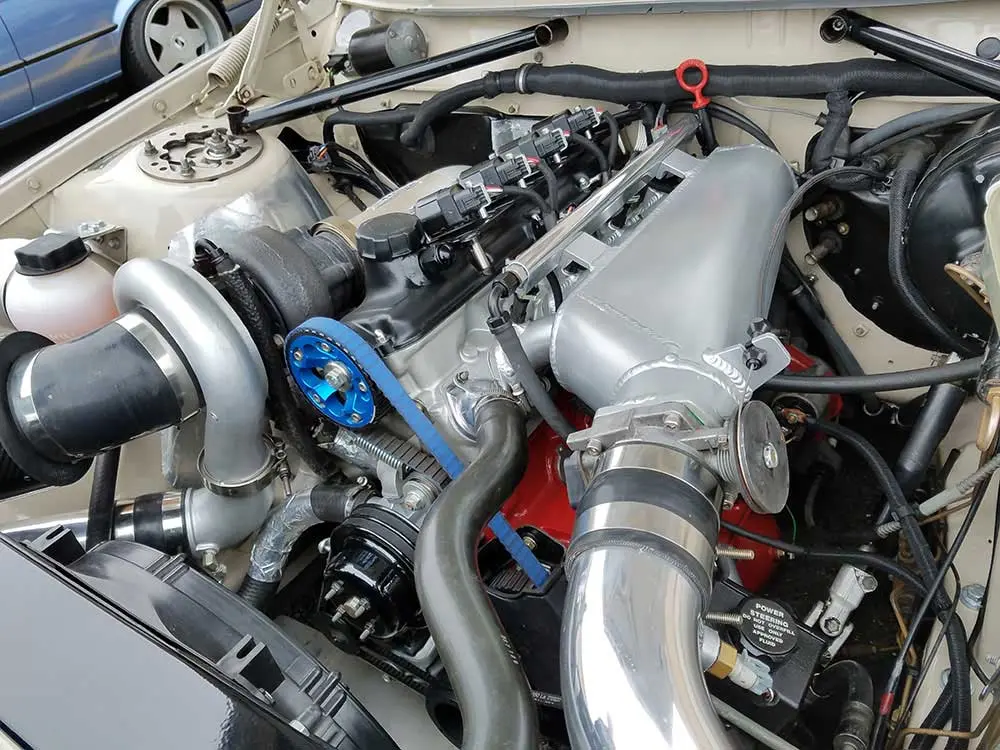
9. BMW M20: The Durable Heart of the Ultimate Driving Machine
The BMW M20 inline-six engine, produced from 1977 to 1993, is celebrated for its balance of German engineering precision and long-term durability. Found in iconic models like the E30 3-Series and E28 5-Series, it featured a cast-iron block, aluminum head, and a SOHC design with seven main bearings, prioritizing longevity over peak performance.
With proper maintenance, M20 engines often surpass 300,000 miles, and many reach 500,000. Tight manufacturing tolerances, robust oiling and cooling systems, and easy serviceability contribute to its legendary reputation as a reliable, practical performance engine among BMW enthusiasts.
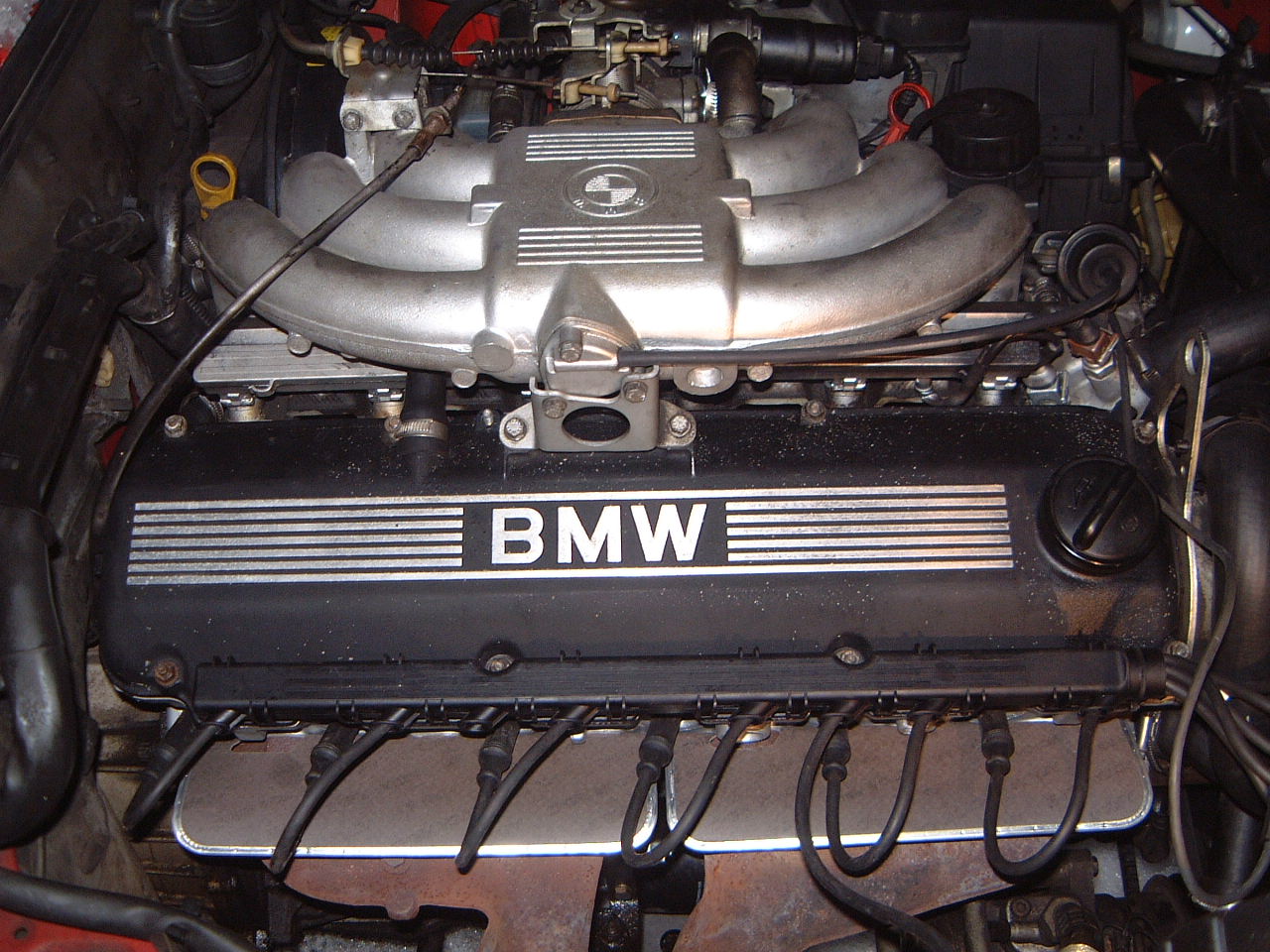
10. Honda F-Series (F22B/F23A): A Benchmark in Reliability and Longevity
The Honda F-Series engines, especially the F22B and F23A, exemplify Honda’s commitment to refined, efficient, and incredibly durable engineering. Found in 1990s Accord models, these 2.2–2.3L SOHC inline-fours combined cast-iron blocks with aluminum heads, delivering smooth power and long-term reliability.
Precision manufacturing, a robust oiling and cooling system, and a non-interference design ensured minimal wear and outstanding durability. Capable of surpassing 300,000 miles with basic maintenance—and even 500,000 in some cases—these engines remain celebrated by enthusiasts as symbols of bulletproof engineering and practical, long-lasting performance.
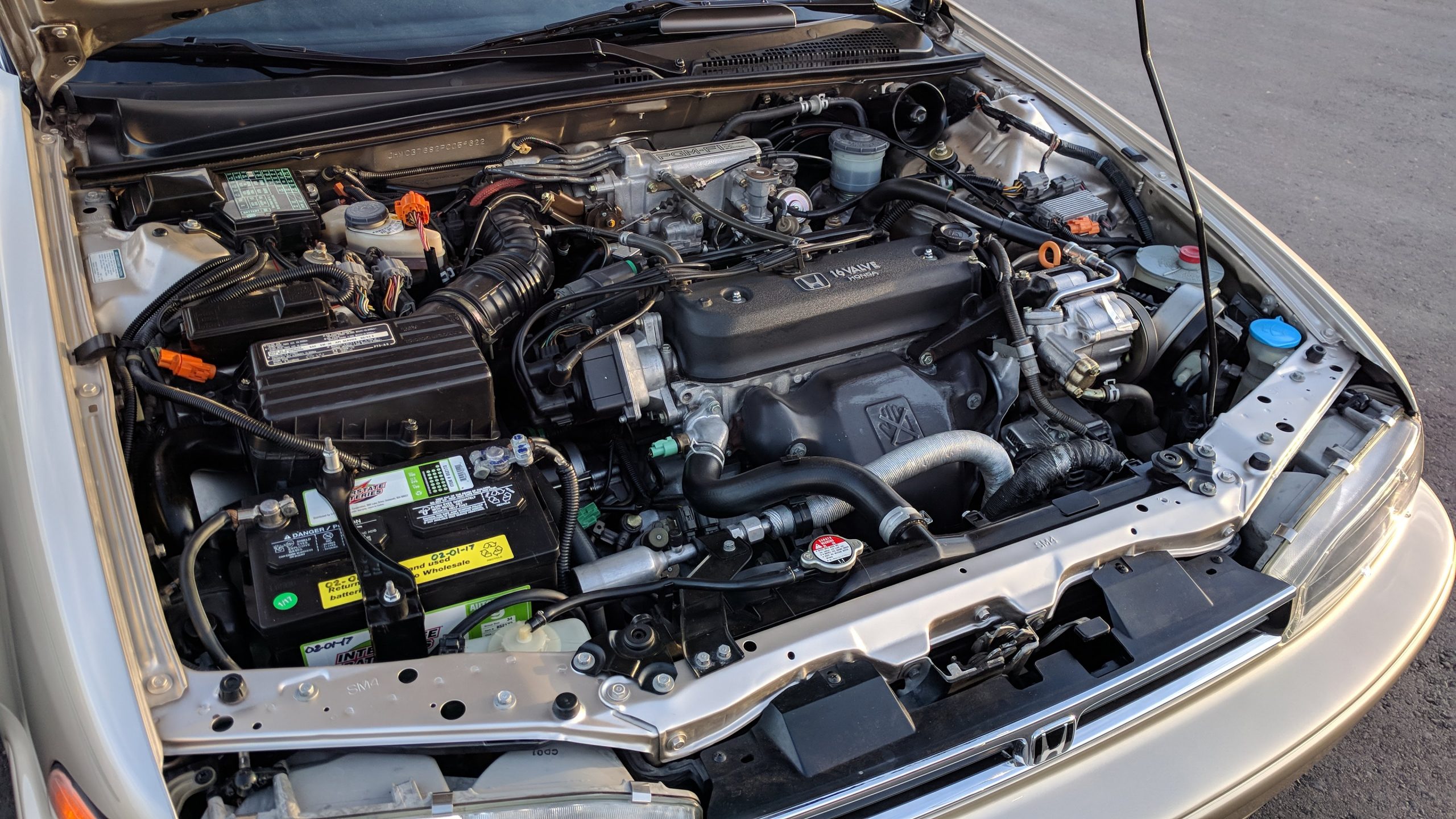
In an age where planned obsolescence too often dictates engineering choices, these legendary engines remain proof of what’s possible when manufacturers build for longevity, not just cost.
Whether forged for high-performance street use, grueling commercial duty, or luxury refinement, each engine on this list endures as a benchmark of mechanical excellence.
The Toyota 2JZ, Cummins 12-valve, Ford 7.3L, and others exemplify a shared legacy: overengineering that outlasts trends, generations, and even the vehicles they powered. Their cult followings aren’t nostalgia—they’re earned reverence for engines that were built not just to run, but to last forever.
Also Read: 10 Gasoline Engines That Age Like Fine Wine

